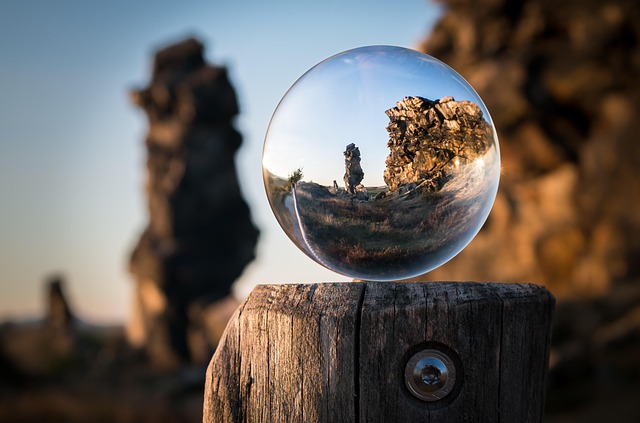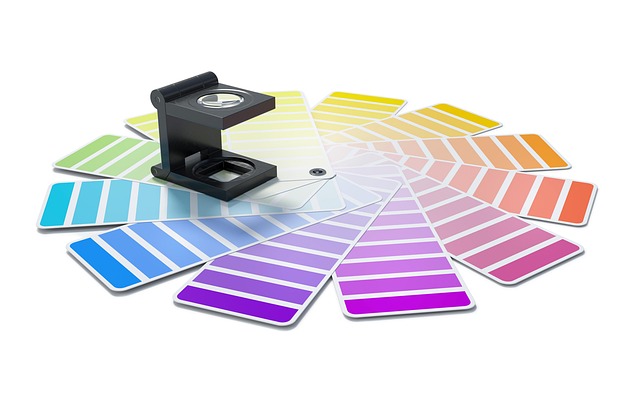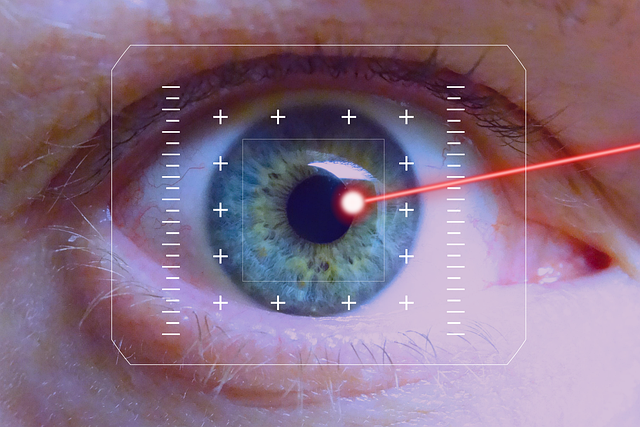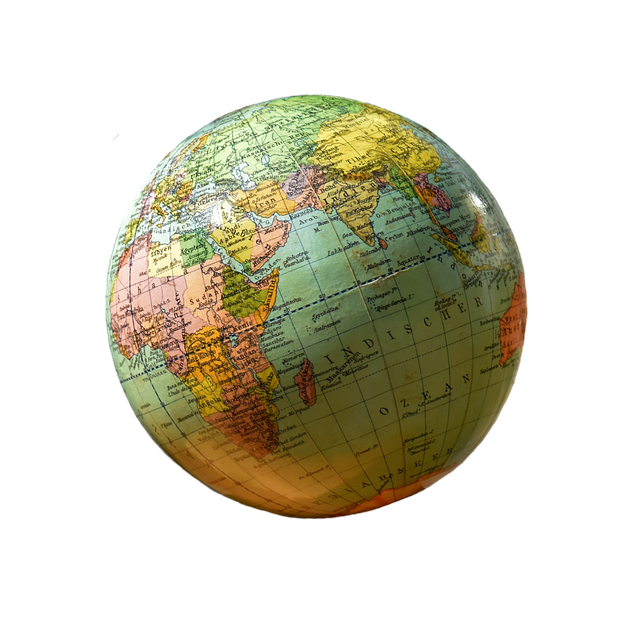In the world of photography, the art of image formatting transcends mere technical skill—it is a powerful medium of expression intertwined with design principles. Every photographer knows that the journey doesn’t end with clicking the shutter; post-production plays an equally vital role in transforming your captured moments into compelling visual narratives. Image formatting is where this transformation begins, setting the stage for your artistry to shine.
Digital photography opens a new realm of possibilities, but with freedom comes responsibility. Understanding the nuances of image formatting allows photographers to manipulate their work creatively, ensuring that what they present resonates with viewers. Whether you’re preparing an image for online sharing, printing a piece for display, or crafting a photo book, the formatting will define how your audience experiences your art.
Art and design go hand-in-hand, each lending its strength to the other. Consider the impact of composition, color correction, and layering techniques in your photographs. These design elements influence the viewer’s emotional journey through your images. With the right formatting, a photograph can evoke joy, nostalgia, or tranquility, while poor formatting can dull your message or misrepresent your artistic intent.
Take, for example, the importance of aspect ratios in photography. The choice between a 16:9 for landscapes or a classic 4:3 for portraits can dramatically alter how a work is perceived. By mastering image formatting options, you empower yourself to communicate your vision more effectively. You can cultivate a cohesive aesthetic across your portfolio, guiding viewers through your artistic evolution while still maintaining your individual style.
Another essential aspect of image formatting is resolution. High-definition images possess clarity and vibrancy that can captivate an audience instantly. As photographers, we must acknowledge the platforms on which our images will be displayed—on social media, websites, or traditional print. Each format demands specific resolutions, and understanding these requirements ensures your work maintains its integrity and appeal, no matter the medium.
Furthermore, delving into concepts such as color theory will enhance your image formatting process. The psychology of color plays a significant role in design; by carefully selecting and balancing colors, you can elicit specific feelings from your viewers. A monochromatic palette might convey sophistication, while vibrant contrasts can create excitement. This understanding can guide your editing choices and overall formatting direction, allowing your photographs to carry deeper emotional weight.
As you refine your image formatting skills, consider the narrative you wish to tell. Every photograph has the potential to narrate a story, and the formatting can accentuate this narrative arc. By thoughtfully selecting layouts, backgrounds, and overlays, you can curate an experience that not only showcases your technical prowess but also invites your audience to engage with your art on a profound level.
Finally, never underestimate the power of experimentation in image formatting. Design is an iterative process—allow yourself to play with different formatting styles and techniques. This experimentation can lead to unique outcomes, pushing the boundaries of your creative expression. Finding a style that resonates not only strengthens your portfolio but also builds your confidence as an artist in the vast world of photography.




